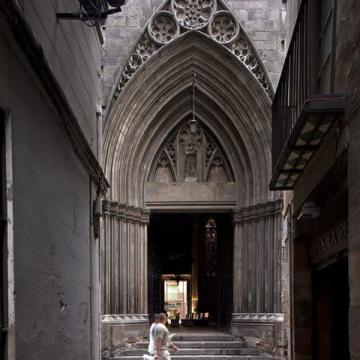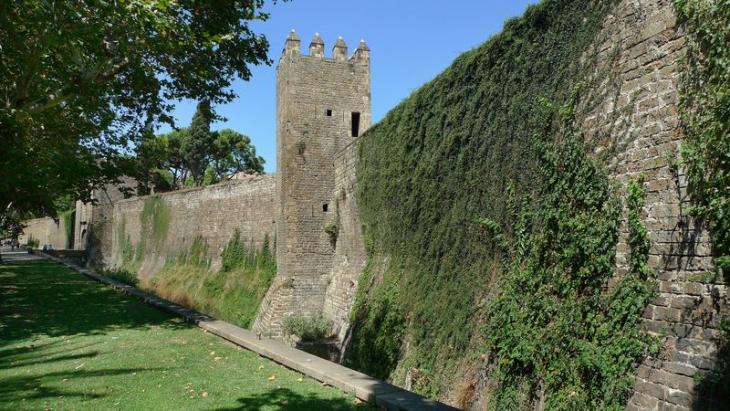Visit and love it
Barcelona with history

Discover the different chapters in Barcelona’s history which over time have shaped the city we know today.
The Middle Ages
At the start of the 9th century, following the Muslim invasion and the expulsion of the Arabs from the Iberian peninsula by the Franks, the territory of what later became Catalonia was organised into comtats, counties ruled by counts based on the territorial divisions of the Visigothic period. The Comtat de Barcelona (County of Barcelona) was originally established by the ruler of the Carolingian Empire but the break-up of the empire saw Guifré el Pelós (Wilfred the Hairy) set up the Casal de Barcelona (House of Barcelona) as Barcelona was the main county in the Catalan lands and dominated the others.
In the 11th century, Count Ramon Berenguer I proclaimed the Usatges de Barcelona. These rules and customs formed the first Catalan legislative text and sought to solve the legal problems created by the new feudal society. They applied to all of Old Catalonia. With the unification of the various counties in the Catalan lands under the jurisdiction of King Alphonse l in the 12th century, the Principality of Catalonia took shape and, from that moment, the sovereign of the Principality also held the title of Count of Barcelona.
Under the protection of the counts, an agricultural and craft-based Barcelona increased its political and commercial importance and grew rapidly. The ancient Roman walls were now too small, so compact but unprotected urban centres developed round new parishes outside the walls.
Consell de Cent and the Corts Catalanes
During the reign of Jaume I, the Conqueror (1218-76), King of Aragon and Count of Barcelona, government of Barcelona, the Ciutat Comtal, passed into the hands of the Consell de Cent (Council of One Hundred), a new form of municipal government comprising 128 members, that lasted until 1714.
-
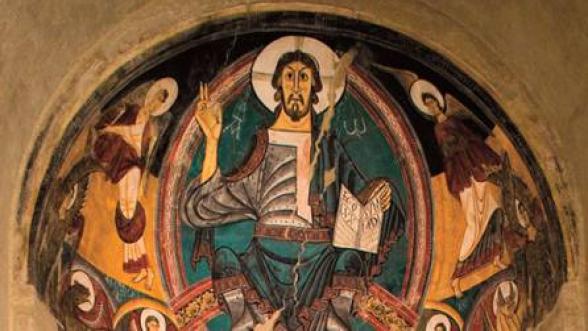 Museu Nacional d’Art de Catalunya
Museu Nacional d’Art de CatalunyaTo understand medieval Catalan art you should visit the Museu Nacional d’Art de Catalunya (MNAC - National Art Museum of Catalonia). It houses one of the most important Romanesque art collections in the world, with some outstanding mural paintings, such as the Pantocràtor.
-
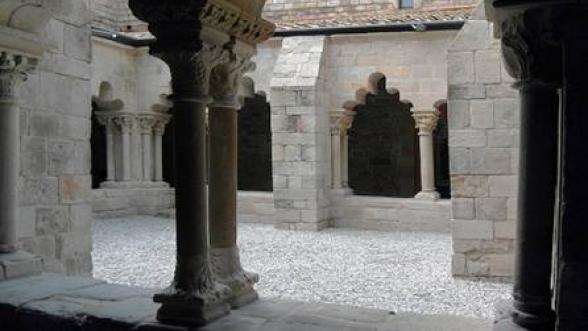 Monastery of Sant Pau del Camp
Monastery of Sant Pau del CampSant Pau del Camp, the Benedictine monastery in the heart of the Raval neighbourhood, invites visitors to step back into the 10th century, when building was taking place outside the city walls. It is one of Barcelona's best preserved Romanesque buildings.
-
 Monastery of Pedralbes
Monastery of PedralbesThe Monastery of Pedralbes, founded in 1326 on the high ground of the Barcelona plain, is one of the most precious of all Catalan Gothic buildings. In fact it contains what is regarded as the world's largest Gothic cloister, three storeys high.
-
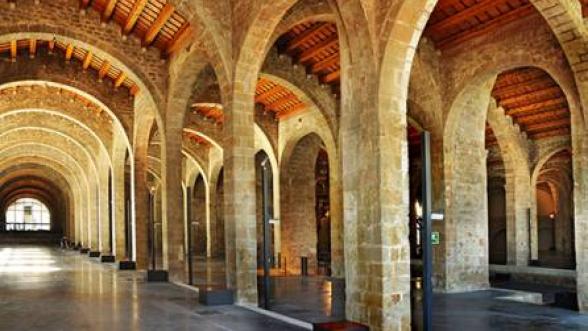 Reials Drassanes
Reials DrassanesThe old Royal Shipyards occupy one of largest and most imposing Gothic-style civil buildings in the city. Now housing the Maritime Museum, it offers a look at Barcelona's sailing history.
-
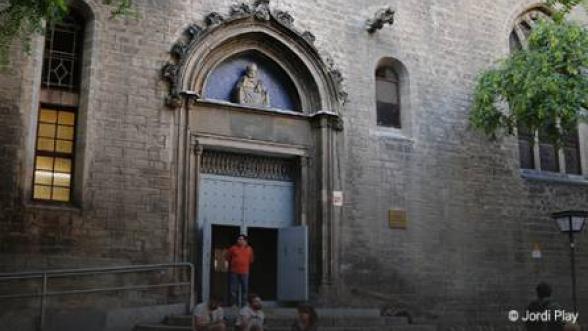 Sant Pere de les Puel·les
Sant Pere de les Puel·lesSant Pere de les Puel·les was a Romanesque convent founded in the 9th century outside the city walls that gave its name to the whole quarter. The church has been preserved, including the remains of the Visigothic chapel that preceded it.
-
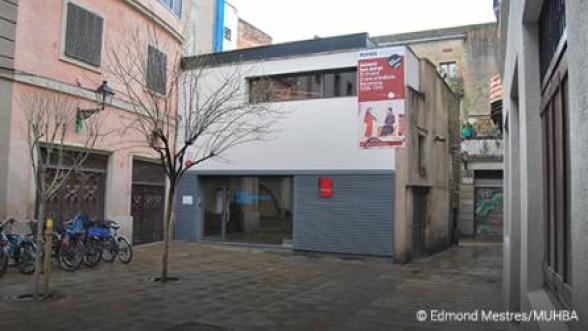 El Call
El CallThe heart of Barcelona preserves the web of tiny streets that made up the medieval Jewish quarter, the Call, containing what could be the oldest synagogue in Europe. The city's history museum MUHBA has an interpretation centre enabling visitors to learn more about it.
-
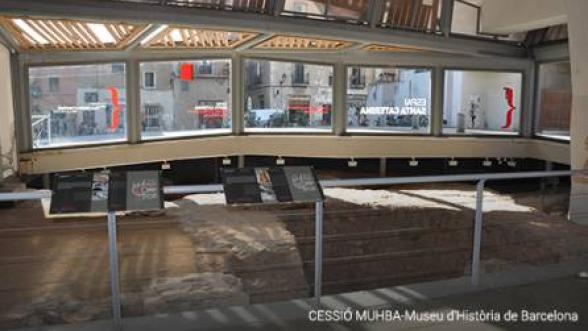 The old Santa Caterina convent
The old Santa Caterina conventBelow the colourful Santa Caterina market lie the remains of the 13th century convent it is named after, regarded as the city's most outstanding Gothic convent, even though it was demolished in 1835.
-
 The medieval wall
The medieval wallThe Barcelona Archaeological Map, produced by the City Council's Archaeology Service, shows users the exact boundary of the medieval wall and that of the modern city.


